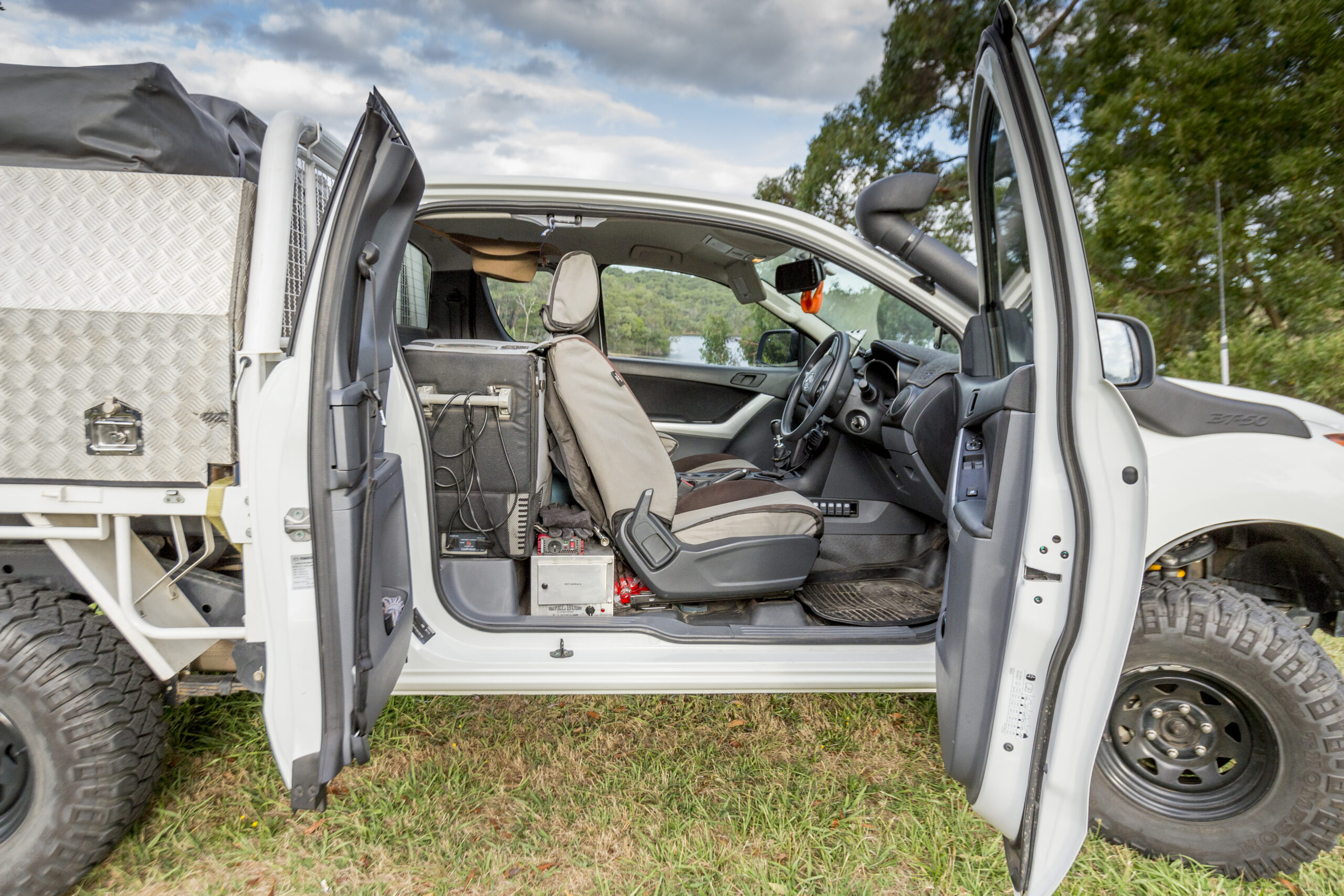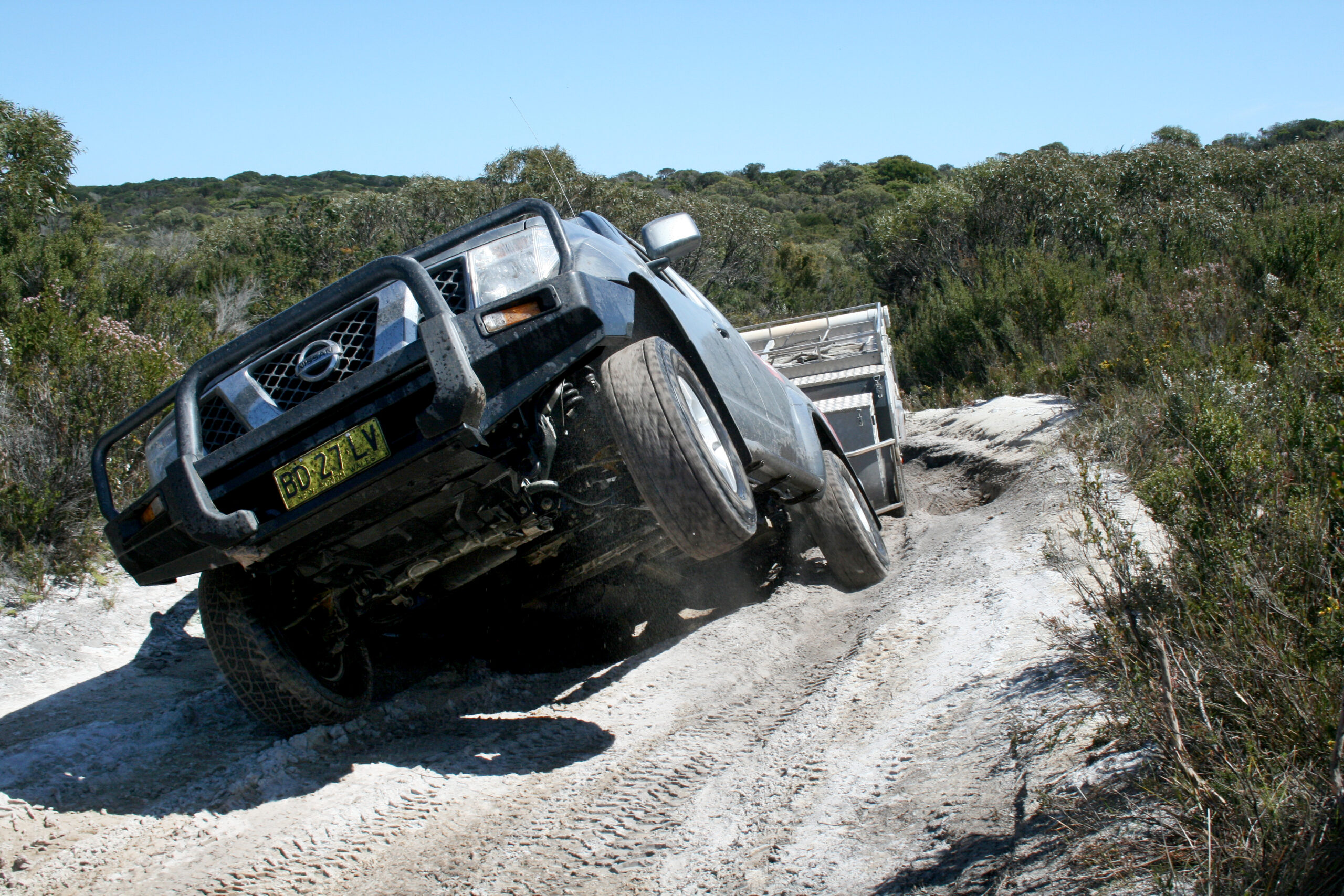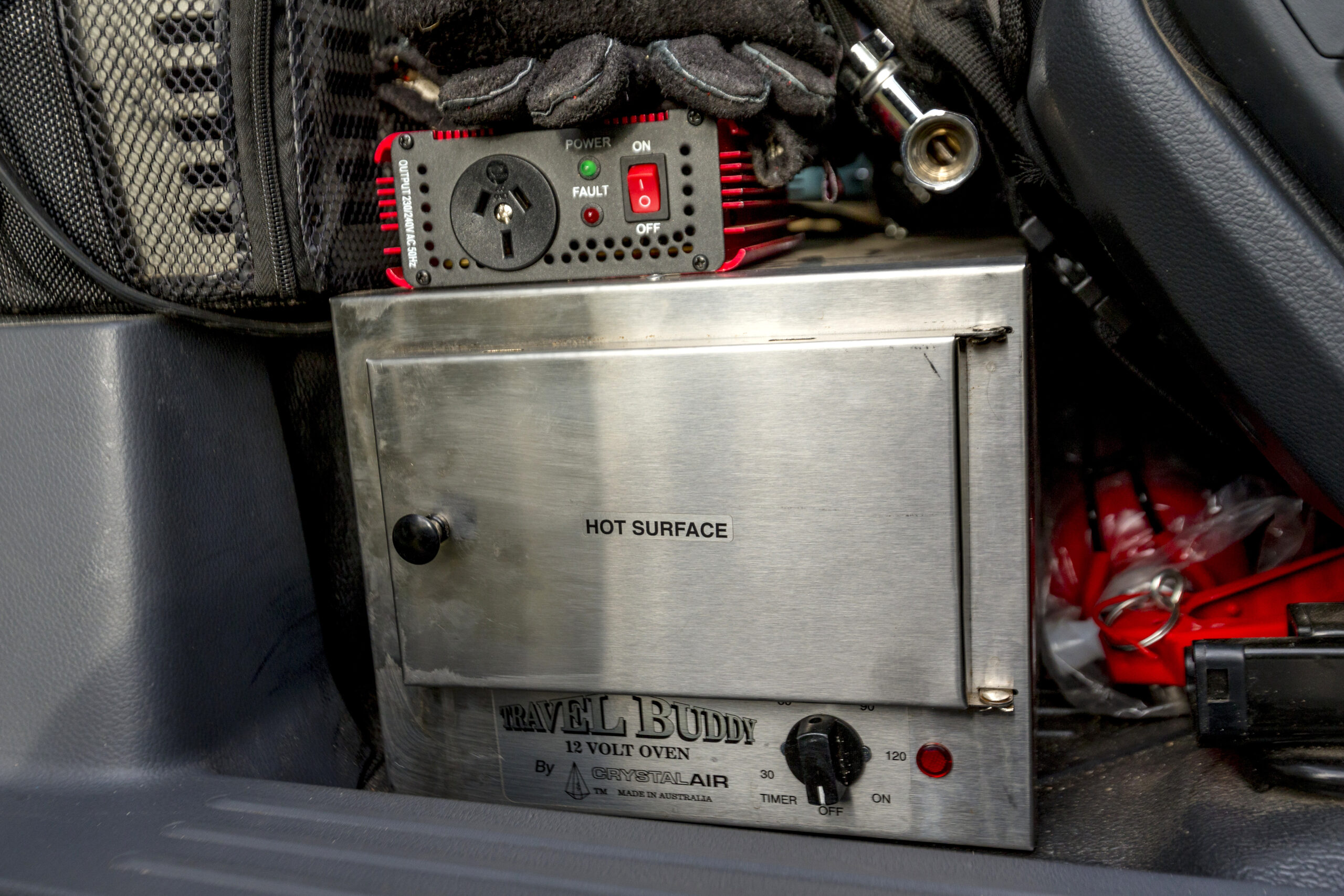Advertisement
Advertisement
Now don’t get me wrong, we love dual-cabs here at Unsealed 4X4. At last count we’ve owned well over a dozen of them between all of us here at the office. We like them, we really do; they’re one of the best all-rounder vehicles you can buy – and that’s kinda the problem.
The flip side to being a great jack of all trades is that, realistically, dual-cabs are the ultimate compromise 4X4. They generally ride like rubbish, even with the five seats there’s not a lot of room in the back, and the tray space is roughly equivalent to a wheelbarrow. If you’re using one for work, we hope you don’t have to carry anything much over a metre-and-a-half long – but still, they’re popular for a bunch of very good reasons.
Or are they?
I reckon the unsung hero of the ute world is the humble extended cab, or as they’re more commonly known – the extra-cab. So to celebrate the ‘middle child’ of work 4X4s, we threw together this quick list of reasons why you need to give them a second look.

Go out to your driveway and take a look at your dual-cab’s tray… Go ahead, I’ll wait here.
Now imagine you’re heading off on a beaut camping holiday. You want to take your surfboards, kayak, fishing gear or maybe a dirt bike. None of that is fitting, is it? At the very least you’re going to need a wind resistance enhancing roof rack that’s going to put more weight up top and reduce your fuel economy; if not a trailer that brings about its own set of headaches.
However all of that can fit snugly in an extra-cab’s tray, which is only a poofteenth shorter than those found on single-cabs. You’re really getting the best of both worlds. More room in the cab without sacrificing on tray space too much. Plus, as an added bonus, you can even roll out your swag and sleep in most extra-cab trays – a handy feature when you’re up north given that a swag looks like a burrito to a croc. You’d have to be Tyrion Lannister short to try sleeping in a dual-cab tray!

Just about all modern extra-cabs come with suicide doors (even Toyota has finally arrived late to the party with the 2016 ‘Lux), which offers a huge advantage over more usual front-opening rear doors on a dual-cab. Why, you ask? By having the rear door open towards the rear of the vehicle, you’re effectively getting rid of the B-pillar and opening up the entire cab of the vehicle to the outside world – giving extremely easy access to the interior.
By having the entire cab area accessible it’s so much easier to gain access to the rear section, where you may have stored any number of useful things: the dog; the fridge; the mother in law…
On top of that, you no longer have to get out of the vehicle when you want to cram a third person in the back. Open the front door, reach in and open the rear door, give them the standard disclaimer about claustrophobia and lack of personal responsibility, reverse the first two steps and you’re off.

Fewer body panels equals lower weight. It’s that simple. Without turning this article into a physics tutorial (I remember them from my uni days – they were death), less weight is a good thing for a whole host of reasons. Power to weight ratio is better so your vehicle effectively has more grunt. There’s less effort needed to get her moving so fuel consumption is reduced, and given that extra cabs generally share the same chassis with dual-cabs bar a few minor alterations, less weight means there’s more spare GVM available to carry gear with.

Have you ever ridden in the back of a dual-cab and thought to yourself ‘gee, this is comfy’? Me neither.
Sure, the massive American ‘trucks’ like the F250 have enough room to keep you from having a panic attack – but most Aussie-sold dual-cabs are as cramped as being seated next to Andre the Giant on an economy flight. So why waste the space? Rear seat passengers are going to be uncomfy anyway, may as well not throw a real estate-sucking bench seat in there when a couple of jump seats will do the job. Hell, a lot of them fold up out of the way these days anyway, leaving you a heap of room to stash the dog and the swag in an air-conditioned, dust-free environment. You can even mount the fridge in there, easily accessed by the aforementioned suicide doors and kept cool in the cab so the fridge motor isn’t working as hard to keep the beers chilly.
You can carry a couple of mates back there in a pinch. Granted, they would have to be mates you didn’t care for particularly, but still…

A shorter cab inherently has fewer blind spots, making driving and parking your ute heaps easier. Picture driving down a particularly narrow section of track in your trayback extra-cab. Once your ears have passed that granite overhang that’s threatening to act like a can-opener on your vehicle, all you have to do is count to three then punch it. You just don’t get that peace of mind with a larger cab.

OK, this is more of an advantage that extra-cabs have over single-cabs than dual-cabs, but it’s a pretty good one so it’s worth mentioning. If you’re over six-foot tall chances are you drive your ute with your knees next to your ears. It doesn’t have to be that way when you have a couple of feet of empty air behind you. Slide that seat right on back and stretch out, my friend.

Says it all really. Why pay thousands more for a vehicle that’s not thousands of dollars better? As we’ve shown in this article, extra cabs really are the most versatile of 4X4 utes, and the money saved can be much better spent on accessories, fuel or even a camper tray. That’s working smart, not hard if you ask me…

Extra-cabs really are a great option when travelling with two people. As stated, there’s plenty of room in the back for the stuff you don’t want in the tray, and more real estate over the back axle means you can fit more things – bigger canopies, more camping gear, more toys like bikes and fishing rods. It also means you’re less likely to need a roof rack, which doesn’t do your economy any favours.

I admit this one is pretty subjective, but it’s hard to beat a king-sized cab and a big old tray on top of some long-travel suspension and moderately sized tyres for that tough-but-purposeful look, I reckon. They just look cool. There’s a reason that most of the pre-runners and desert race trucks are almost exclusively based on extra-cabs – they look fast sitting still!